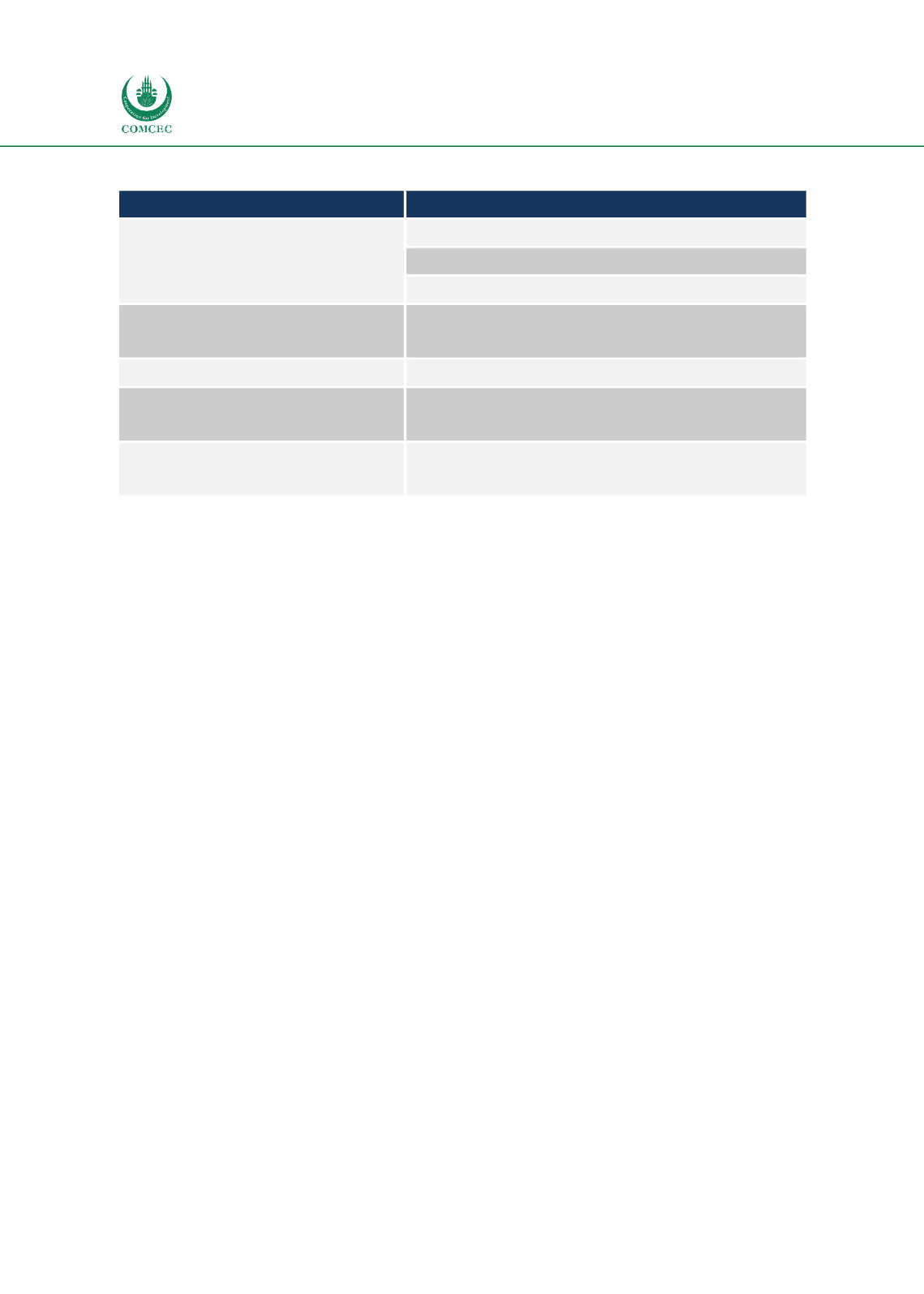

Facilitating Trade:
Improving Customs Risk Management Systems
In the OIC Member States
122
Table 34: SCC CRM previous and current approach
Previous approach
Risk-based approach
Manual Risk Analysis
Import Verification Program (PVI)
Intelligence-led risk management
SIAR CRM System
100% physical inspection
50% of shipments inspected on principles of risk
management
No CRM Policy/Strategy
TCA legislation in line with the EU acquis
No trader simplification measures
Privileged Partner Program (PPP) concept introduced in
2011
Single CRM repository
Common CRM with OGAs and Tax Administration (GANDE
Single Window)
Source: Author’s compilation
5.2.4.2
Profiling and targeting
At this stage of the CRM, based on the analysis and risk assessment, the CRM Unit is using
econometrics to establish: the calculation parameters; the valuation of the criteria; the
calculation of the scores of each transaction; the different weights to obtain the final risk score;
and the assignment of the channeling by the CDPS when registering the declarations.
Targeting of the CD is performed by TAME and in the SIAR on the Verification Certificates. The
targeting can be based on static or dynamic risk profiles. The TAME system supports five
channels (blue, green, yellow, orange and red), but there is an ongoing project to reduce them
to only three (without control, documentary control, and physical and documentary control).
For commercial operations excluding PVI, which therefore do not have risk analysis of the SIAR,
the GAINDÉ system directs the declarations towards one of the five control channels according
to the criteria defined by the SIAR/SCC Steering Committee based on their perception of the
risks of fraud:
The Blue channel with automatic release granted by the customs clearance system upon
registration of the customs declaration, applicable for goods that are not subject to
customs/VAT and special cases approved by the authorities.
The Green channel for low-risk goods, subject only to documentary control, applicable
to raw materials, industrial equipment and capital goods;
The Yellow channel for moderate risk goods, in case when it is difficult or impossible to
carry out a check on the wharves, hence the goods are controlled in the importer’s
premises (fragile, dangerous or heavy goods);
The Orange channel for medium to high-risk goods that are subject to a documentary
check and scan;
The Red channel for high-risk goods that
а
r
е
subject to documentary control and
physical verification by a customs officer.
The customs officers, based on particular information and/or local criteria, inform the CRM
central office to manually change the channeling in the system and increase the level of control
















